After Lakota Language Weekend, hosted by NYC American Indian Community House, the Lakota Language Consortium (LLC) made donations of the New Lakota Dictionary to the New York Public Library and the Smithsonian National Museum of the American Indian
NEW YORK (PRWEB) May 04, 2023
The Lakota Language Consortium (LLC) hosted a Lakota Language Weekend in partnership with New York City's American Indian Community House on February 25 and 26. During the weekend attendees spoke and read Lakota utilizing learning materials developed by the Lakota Language Consortium.
At Lakota Language Weekend, LLC unveiled the recently published Third Edition of the New Lakota Dictionary. The dictionary contains more than 20,000 new words and phrases, plus grammar and sentence structure curriculum. After Lakota Language Weekend, CEO Wilhelm Meya made donations of the New Lakota Dictionary to the New York Public Library and the Smithsonian National Museum of the American Indian.
Lakota Language Weekend instruction was directed by Alex FireThunder, a Lakota language teacher and deputy director of LLC. During the event, FireThunder also provided a comprehensive overview of intuitive e-learning platforms including Owóksape, a free online platform developed by The Language Conservancy (TLC) that has delivered more than 3 million Lakota lessons to more than 15,000 independent learners.
According to Meya, "Our nonprofit is incredibly proud to have completed the Third Edition of the New Lakota Dictionary! We could not have accomplished this tremendous milestone without our partners – Lakota Elders and speakers, linguists, schools, tribal leadership, Lakota board members, and educators. We are deeply committed to continuing this vital work."
About Lakota Language Consortium (LLC)
The Lakota Language Consortium is a nonprofit organization of Lakota community members, educators, linguists, and volunteers leading the way to revitalize the Lakota language through educational programs, teacher trainings, dictionaries, textbooks, apps, and other free digital Lakota language learning materials. The Consortium advocates for Lakota language and culture through the production of award-winning media like the Lakota version of The Berenstain Bears and the documentary, Rising Voices. Visit https://lakhota.org to learn more about LLC's mission to protect and strengthen the Lakota language.
More About Wil Meya:
Wilhelm Meya on LinkedIn
Wilhelm Meya on ATD
Wilhelm Meya on Podomatic
Wilhelm Meya on Soundcloud
For the original version on PRWeb visit: https://ift.tt/8VXFnrp
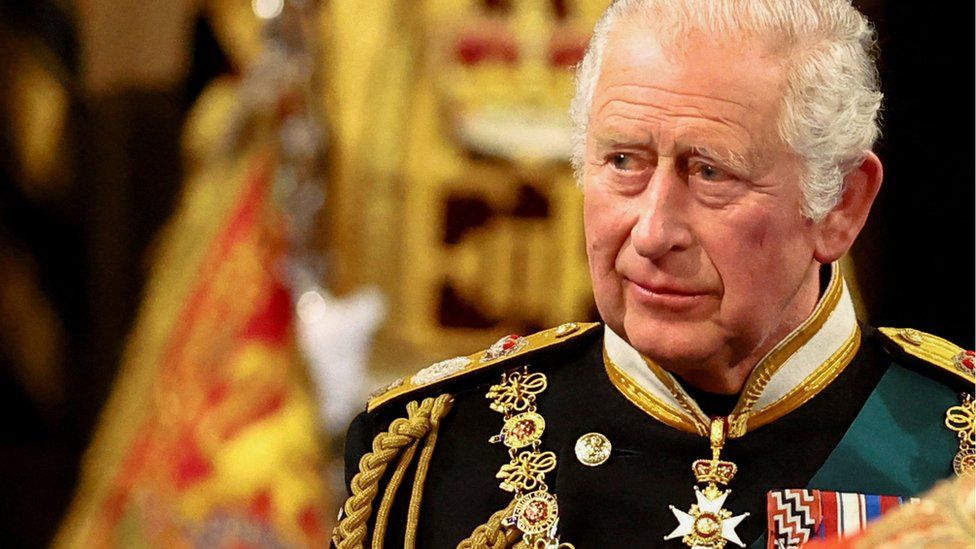
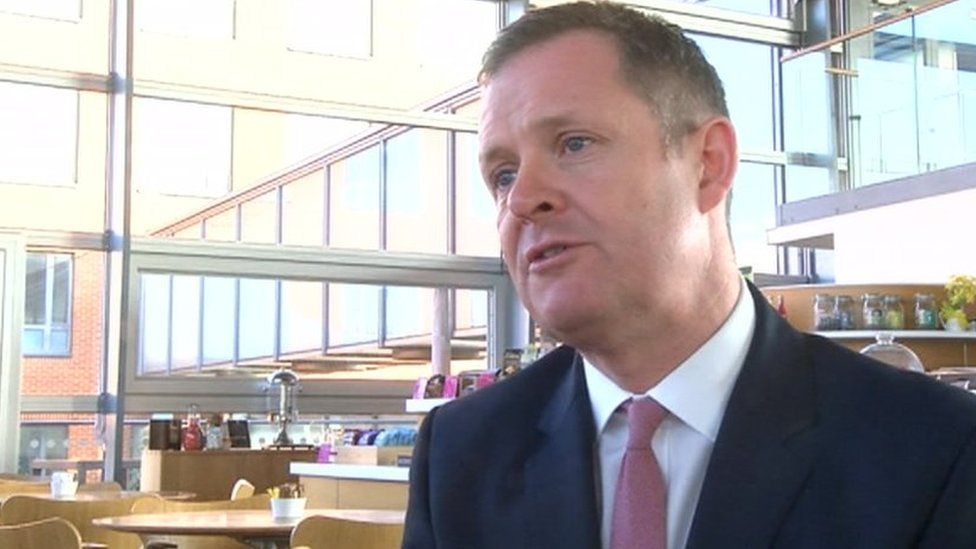
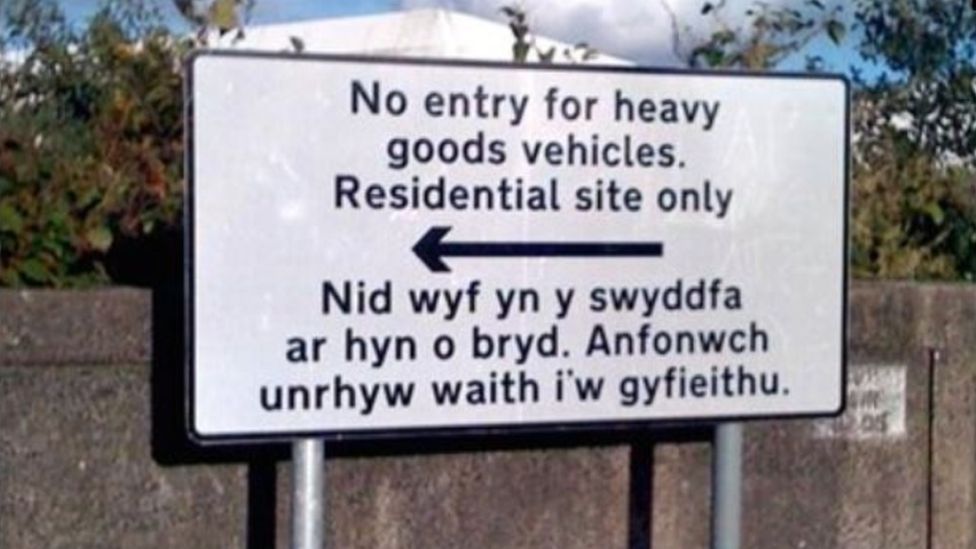
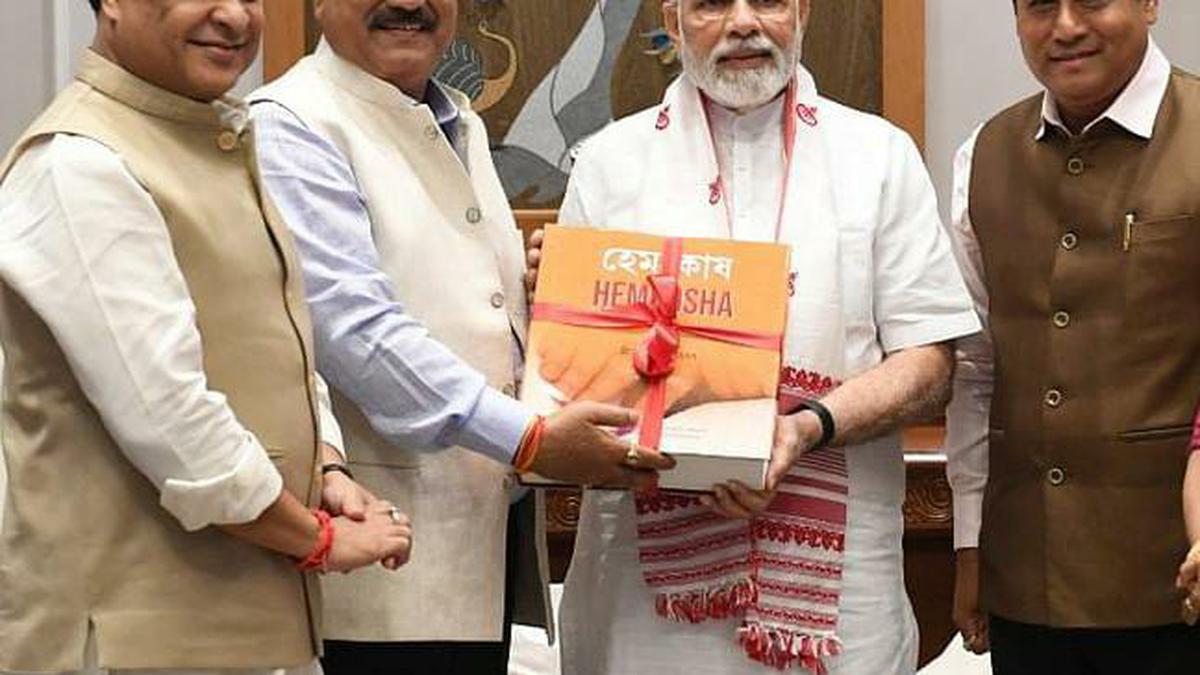

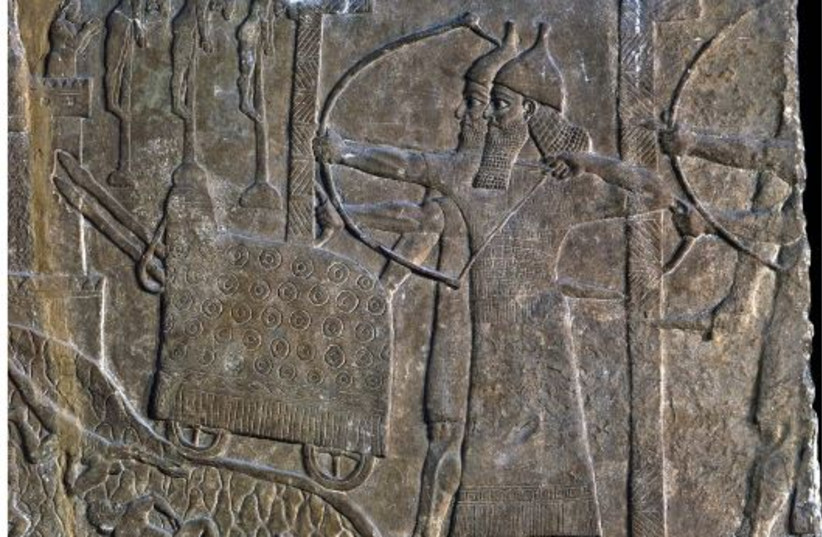

COMMents